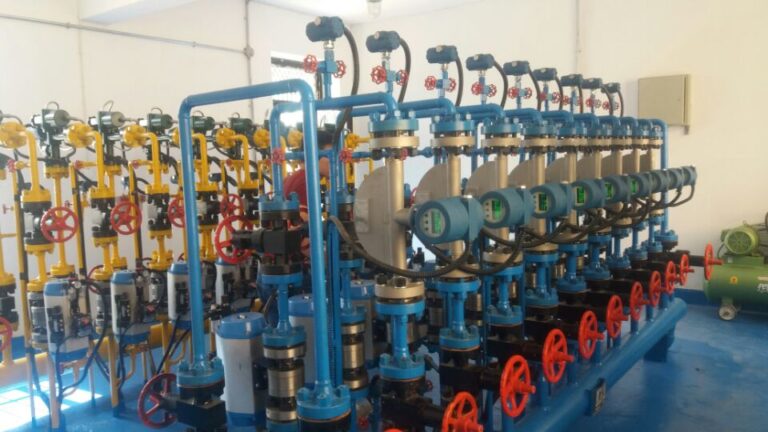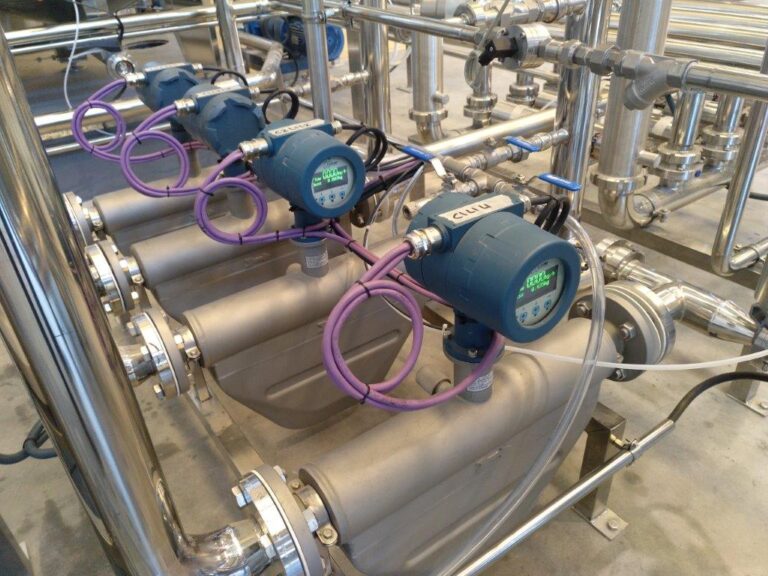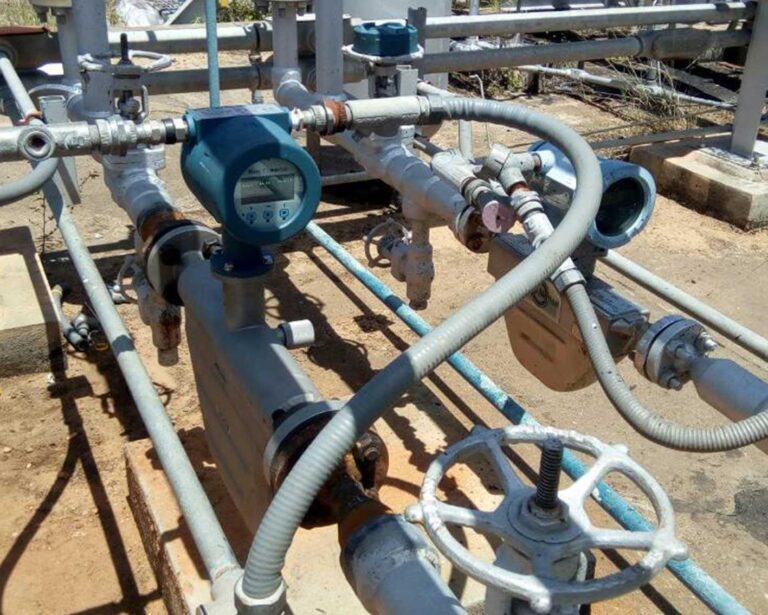Mass flow meters are essential instruments in various industries for measuring the mass of a fluid passing through a pipeline. To ensure the accuracy and reliability of mass flow meters, regular calibration is required. Calibration involves checking the performance of the meter at various flow rates to ensure it provides accurate readings over its full range of operation. This article will discuss the guidelines regarding the selection of calibration flow points and the required calibration frequency, based on industry standards and best practices.

1. Calibration Flow Points
Calibration flow points refer to the specific flow rates at which the mass flow meter is tested during the calibration process. The selection of these points is critical because they ensure that the meter’s performance is checked across its entire measurement range. The number of calibration points and their distribution depend on the type of mass flow meter, the application, and the relevant standards.
a. Flow Point Distribution
In general, the calibration of a mass flow meter includes testing at multiple flow points, typically three or more, chosen to cover the entire operational range of the meter. These flow points are usually categorized as:
Low Flow Point: This is typically near the meter’s lower limit of measurement. It checks how accurately the flow meter performs at low flow rates, where errors can sometimes be more pronounced due to viscosity changes, gas compressibility, or small flow variations.
Medium Flow Point: This point is chosen in the middle of the flow meter’s measurement range. It is important to test here because this is where the meter is expected to operate most of the time.
High Flow Point: The upper end of the flow meter’s range is tested at this flow point. This ensures the meter remains accurate even at high flow rates, where the system might experience issues such as turbulent flow, which can affect measurement precision.
b. Flow Point Spacing
Calibration points are often selected to cover the full range of the flow meter with evenly spaced intervals. For example, for a flow meter with a range of 10 to 100 liters per minute (LPM), the calibration points might be set at 10, 50, and 100 LPM. However, in certain cases, more frequent checks may be performed at specific flow rates if the application requires higher accuracy in specific ranges.
c. Impact of Application and Flow Characteristics
The selection of flow points may vary depending on the application. For example, for meters used in custody transfer applications (e.g., oil and gas), the calibration process may require a more detailed set of flow points to ensure compliance with legal and commercial accuracy standards. For industrial applications, where flow may be constant or fluctuate within a narrow range, fewer calibration points might suffice.

2. Calibration Frequency
Calibration frequency refers to how often the mass flow meter should undergo calibration to maintain its accuracy and reliability. Calibration frequency is influenced by several factors, including the type of flow meter, its usage, the environmental conditions, and the regulatory requirements.
a. Initial Calibration and Factory Settings
Before a mass flow meter is used in a real-world application, it must undergo factory calibration to ensure that it operates within specified tolerances. This calibration is typically done in controlled environments using a known reference standard. After installation, initial calibration should be verified on-site to confirm the factory settings.
b. Periodic Calibration
Periodic calibration ensures that the meter continues to function correctly over time. The frequency of calibration depends on several factors:
Manufacturer Recommendations: Manufacturers often provide a recommended calibration interval, which is typically between one and two years. In some cases, high-precision applications may require more frequent calibration.
Usage Conditions: If the mass flow meter is subject to harsh environmental conditions, such as extreme temperatures, vibrations, or chemical exposure, more frequent calibration may be necessary. Similarly, if the flow meter is used in applications where the fluid characteristics change significantly (e.g., varying viscosity or density), the calibration interval may need to be reduced.
Legal and Regulatory Requirements: Some industries are subject to regulatory frameworks that specify calibration intervals. For example, in the oil and gas sector, meters used for custody transfer may be required to undergo calibration on a more frequent basis to comply with national and international standards.
c. Calibration Frequency Based on Meter Type
Different types of mass flow meters may require different calibration intervals:
Coriolis Flow Meters: Known for their high accuracy, Coriolis meters are often calibrated less frequently than other types of flow meters. However, they still need regular checks to ensure accuracy over time.
Thermal and Ultrasonic Flow Meters: These meters may require more frequent calibration, especially if they are used in applications with varying temperatures or where the physical properties of the fluids change.
d. Performance Monitoring and In-Situ Calibration
In some cases, performance can be monitored in real time, and in-situ calibration can be performed without removing the meter from service. This approach is particularly useful for systems that operate continuously, such as in oil refineries or chemical processing plants. In-situ calibration helps to detect issues such as drift or wear and allows for corrective action before the meter’s performance becomes unacceptable.

3. Regulatory Standards for Calibration
Several international and national standards provide guidelines for the calibration of mass flow meters. Some of the most widely recognized standards include:
ISO 9951-1: This standard specifies the requirements for the calibration of mass flow meters used for industrial applications, including the flow points and testing methods.
OIML R117: The International Organization of Legal Metrology (OIML) publishes recommendations on the testing and calibration of mass flow meters for legal metrology applications, including custody transfer.
National Regulations: Many countries have specific calibration standards for mass flow meters used in trade and industry. These regulations typically align with international standards but may have additional requirements or specific guidelines for certain industries.

4. Conclusion
The calibration of mass flow meters is a crucial process to ensure accurate and reliable measurements. Proper selection of calibration flow points and adherence to appropriate calibration frequencies are essential to maintaining the performance of the meter. By following manufacturer guidelines, industry standards, and regulatory requirements, users can ensure that their mass flow meters continue to deliver precise measurements, ultimately improving operational efficiency and ensuring compliance with legal and commercial standards. Regular calibration helps prevent errors, reduces downtime, and guarantees the accuracy of flow measurements in critical applications.
